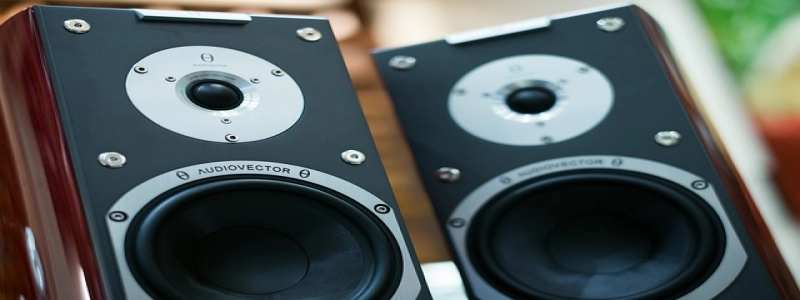Radio Waves Have the Longest Wavelength
Introduction:
Radiation encompasses a wide range of wavelengths, from the shortest gamma rays to the longest radio waves. Among these, radio waves have the longest wavelength, making them an essential component of our daily lives. In this article, we will explore the characteristics and applications of radio waves in greater detail.
I. What are radio waves?
A. Definition: Radio waves are a form of electromagnetic radiation with the longest wavelength in the electromagnetic spectrum.
B. Properties: Radio waves have frequencies ranging from 3 kHz to 300 GHz and can travel long distances without significant attenuation or loss of information.
C. Discovery: The existence of radio waves was first predicted by James Clerk Maxwell in 1867 and later experimentally confirmed by Heinrich Hertz in the late 19th century.
II. Key characteristics of radio waves:
A. Long wavelength: Radio waves have wavelengths ranging from a few centimeters to hundreds of meters. This long wavelength allows them to pass through obstacles such as buildings, mountains, and even the Earth’s atmosphere.
B. Low energy: Radio waves have relatively low energy compared to other types of electromagnetic radiation, such as X-rays or gamma rays. This low energy makes radio waves safe for human exposure and a preferred choice for various applications.
III. Applications of radio waves:
A. Radio broadcasting: The most well-known use of radio waves is in broadcasting. Radio stations transmit signals in the form of radio waves, allowing people to listen to music, news, and talk shows through radio receivers.
B. Communication: Radio waves are extensively used for communication purposes. This includes two-way radios, walkie-talkies, cell phones, and satellite communication systems. The long wavelength of radio waves enables them to travel long distances, making them ideal for long-range communication.
C. Radar systems: Radar, an acronym for Radio Detection and Ranging, utilizes radio waves to detect and locate objects. By emitting radio waves and measuring the time it takes for the waves to bounce back, radar systems can determine the distance, speed, and direction of objects, making it critical for applications such as air traffic control and weather monitoring.
D. Wireless technology: Wi-Fi networks, Bluetooth devices, and other wireless technologies rely on radio waves to transmit data between devices. These technologies have revolutionized how we connect and communicate in our daily lives.
E. Medical applications: Radio waves are also used in medical imaging techniques such as magnetic resonance imaging (MRI). MRI machines generate magnetic fields and radio waves to create detailed images of internal body structures without using harmful ionizing radiation.
Conclusion:
In conclusion, radio waves with their long wavelength play a crucial role in various applications. From radio broadcasting to wireless communication and even medical imaging, radio waves have revolutionized our lives. Understanding the characteristics and properties of radio waves helps us appreciate the significant impact they have on modern society.








